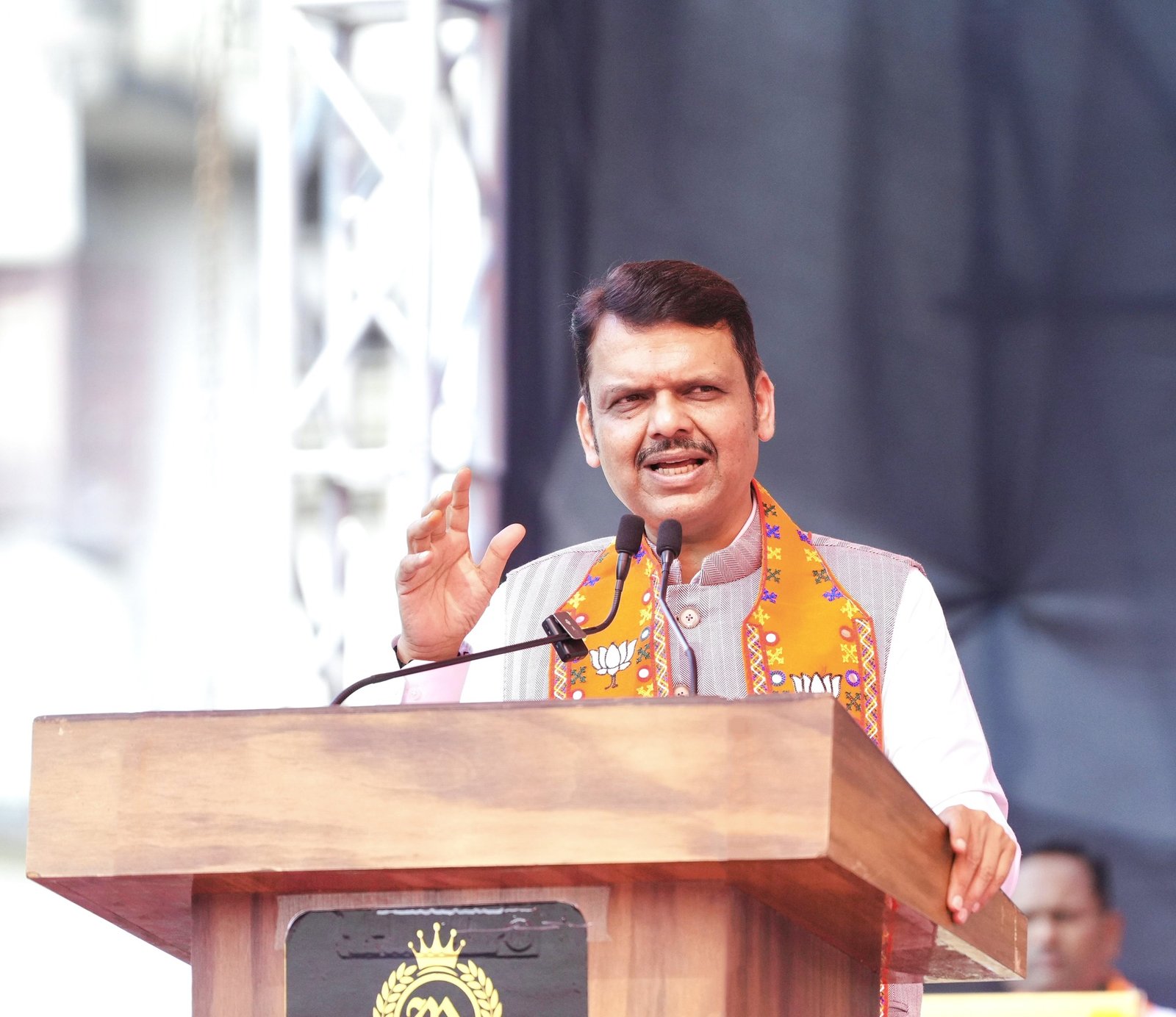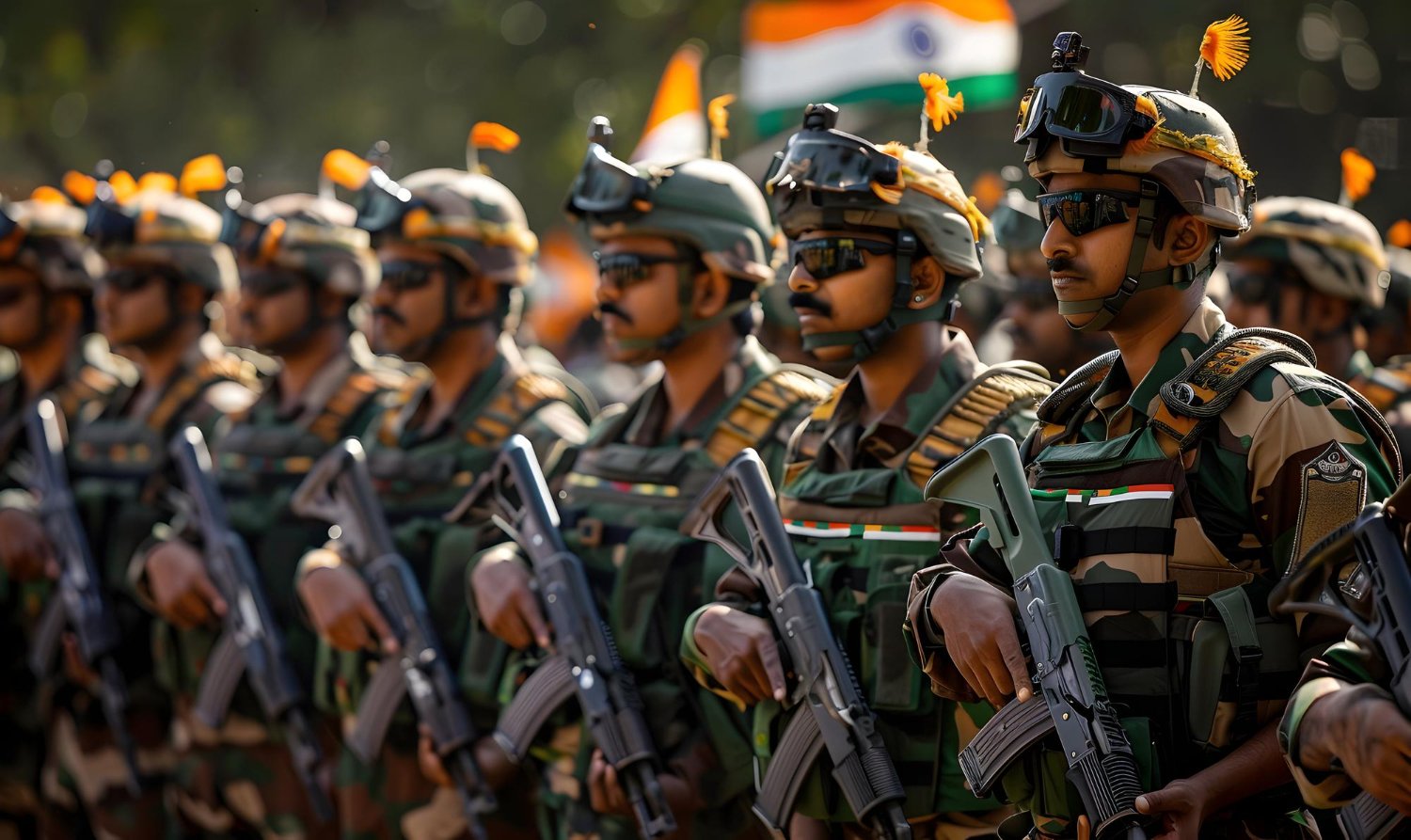🧠 A Bold Step Toward Tech-Led Education
In a landmark move aligned with the goals of the National Education Policy (NEP) 2020, the Ministry of Education (MoE) has announced that Robotics will become a mandatory subject for students in Classes 8 to 10 in schools across India starting from the 2025–26 academic session.
This initiative is part of a broader push to embed STEM (Science, Technology, Engineering, and Mathematics) education from an early age and equip students with future-ready skills such as automation, problem-solving, and coding.
🎯 Why Robotics?
Robotics combines the principles of mechanical engineering, electronics, computer science, and artificial intelligence. Teaching robotics helps students:
- Develop critical thinking and analytical skills
- Learn coding and programming through hands-on projects
- Understand automation and AI integration
- Prepare for 21st-century careers in technology
By making it a part of the mainstream syllabus, India aims to democratize access to emerging technologies, even in Tier-2 and rural schools.
🏫 How It Will Be Implemented
The Central Board of Secondary Education (CBSE) and other state boards are working closely with:
- NCERT to design a robotics-friendly curriculum
- Atal Innovation Mission (AIM) under NITI Aayog for lab infrastructure
- Private edtech companies for course modules and teacher training
Key highlights of the rollout:
- Grade 8–10 students will have a dedicated weekly Robotics class
- Curriculum will include basic electronics, sensors, microcontrollers, AI basics, and project-based learning
- Schools will receive funding to set up Robotics Labs
- Teachers will undergo a 40-hour certification training program
💼 Career Relevance & Employability
Introducing robotics at the school level is expected to:
- Spark interest in robotics engineering, embedded systems, IoT, and AI
- Help students gain early exposure to career paths in automation and robotics
- Bridge the talent gap in advanced manufacturing, defense tech, space, and agriculture robotics
A recent report by NASSCOM stated that India will need over 1 million skilled professionals in robotics and AI by 2030, making early exposure vital.
📍 Not Just for Elite Schools
To ensure equity, the government is:
- Extending Robotics kits to government and rural schools under Samagra Shiksha Abhiyan
- Launching mobile robotics vans to reach remote schools
- Providing regional language content to ensure inclusivity
- Collaborating with startups for low-cost DIY robotics kits
This step ensures that rural students are not left behind in the digital revolution.
📚 Resources
- 🔗 CBSE Official Website
- 🔗 Ministry of Education, India
- 🔗 Atal Innovation Mission
- 🔗 National Education Policy 2020
- 🔗 RoboGenius EdTech Solutions
- 🔗 STEM.org India
⚠️ Disclaimer
The content provided in this article is for informational purposes only. For official curriculum details, training guidelines, and implementation schedules, please refer to notifications from the Ministry of Education and respective school boards. CareerVarta does not directly offer robotics training or certification.









